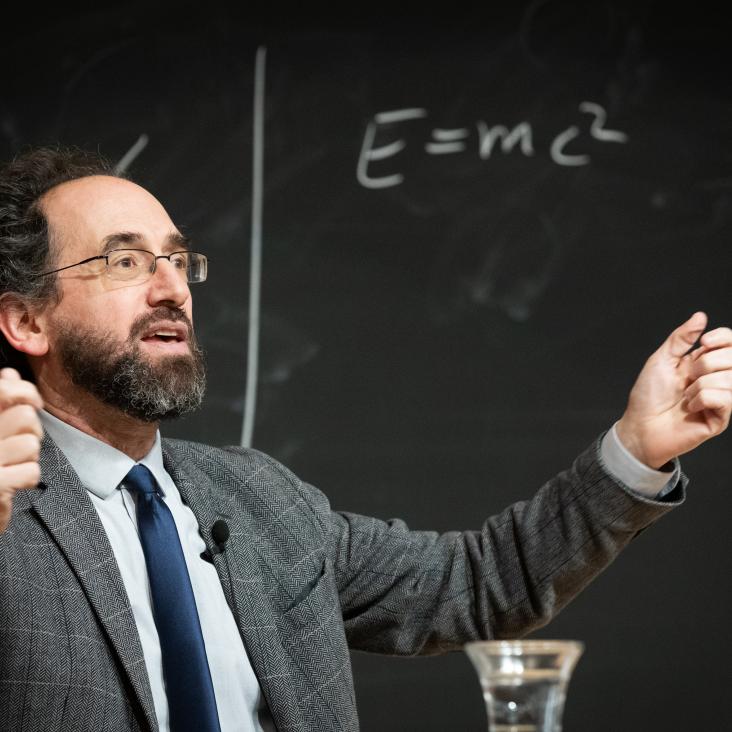Charge separation of dense two-dimensional electron-hole gases: mechanism for exciton ring pattern formation.
Phys Rev Lett 92:11 (2004) 117405
Abstract:
We report on new experiments and theory that unambiguously resolve the recent puzzling observation of large diameter exciton emission halos around a laser excitation spot in two dimensional systems. We find a novel separation of plasmas of opposite charge with emission from the sharp circular boundary between these two regions. This charge separation allows for cooling of initially hot optically generated carriers as they dwell in the charge reservoirs for very long times.Mechanism of exciton emission ring pattern in doped quantum wells
Physica Status Solidi (A) Applied Research 201:4 (2004) 655-660
Abstract:
We found that a novel optically-induced in-plane separation of plasmas of opposite charge is responsible for the large ring emission pattern around a laser excitation spot observed in modulation doped quantum well (QW) structures. The charge separation is a result of an interplay between the electrical field applied perpendicular to the QW and the diffusion of optically generated carriers in the QW plane. Excitonic emission at the sharp boundary between the positive and negative charges forms the ring. The initially hot carriers that are generated optically, cool as they diffuse and are therefore cold before they recombine at the ring. Such separation of charges was only observed when the excitation energy is above the barrier height of the QW. The effect of the lower energy excitation is found to be dramatically different, resulting in a shrinkage and even a total collapse of an existing ring pattern. © 2004 WILEY-VCH Verlag GmbH & Co. KGaA, Weinheim.Eigenvalue Density of Correlated Complex Random Wishart Matrices
(2004)
Collective Modes of nu =2 Quantum Hall Bilayers in Tilted Magnetic Field
(2004)
Global Phase Diagram of nu = 2 Quantum Hall Bilayers in Tilted Magnetic Field
(2004)


